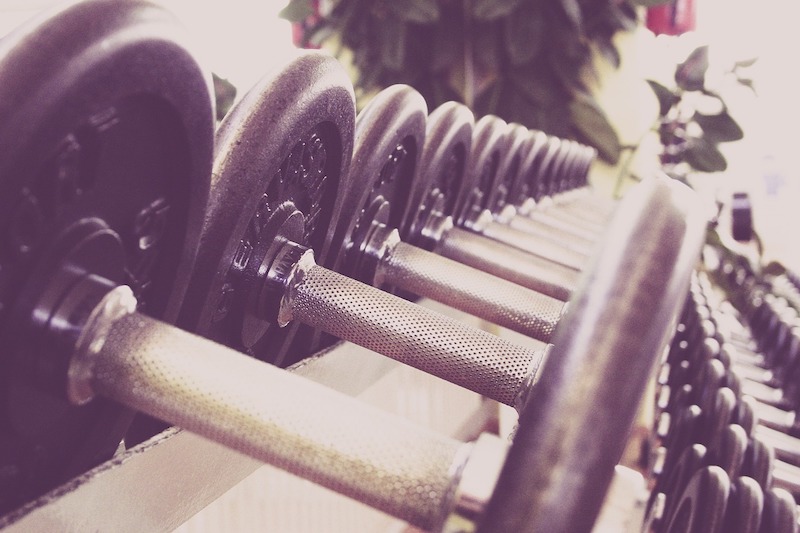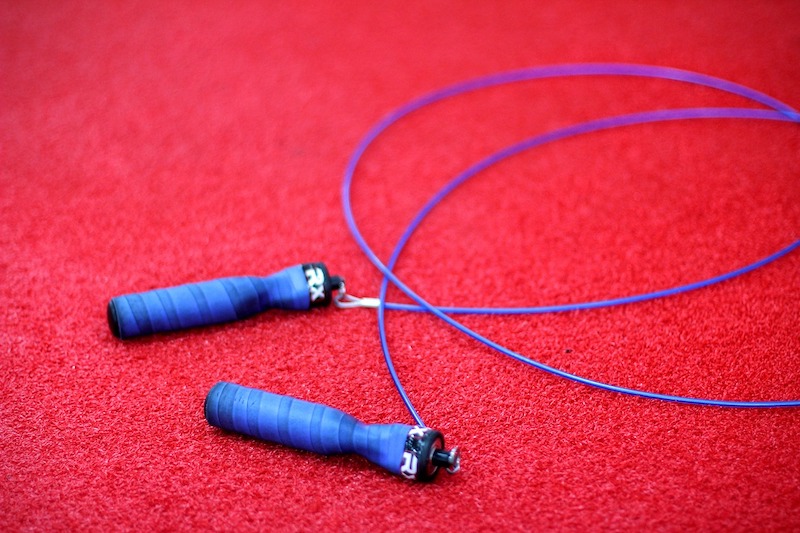Denise Yeats has been a triathlete for over ten years and is an Ironman-certified coach. She’s written an article that explains how you can stay strong and fit during perimenopause or menopause.
Changes are inevitable.
There is much to be celebrated as we enter our 40s. Our lives have been quite full and we’re wiser and more centered. We are ready, hopefully, to take on the second half of our life.
In the middle of our empowerment, however, we are also changing. When our hormones begin to fluctuate, we may experience disrupted sleeping, night sweats or bloating. We can also suffer from fatigue, muscle aches, and other symptoms.
We often feel our body shape changes despite not changing our eating and exercise habits, especially around our midriff.
What is happening – and what can we do?
For many women, their regular menstrual cycle can start to change in their forties, mainly due to hormones being in a state of flux. The effects of the depletion in oestrogen and progesterone, as well as testosterone are all present.
Oestrogen may be dominant, even though these hormones tend to deplete. Anovulatory periods increase, which means that there’s no egg released and therefore, progesterone isn’t produced.
The closer to our period’s end, the more we feel these changes.

Exercise and Menopause
In the years of menopause, many women experience joint and tendon discomfort, as well as sore muscle or cramps.
It can also be harmful, but it is a natural, healthy response to an injury or illness. Inflammation must be controlled to prevent it from becoming uncontrolled, and causing more harm than benefit. Oestrogen works with progesterone to accomplish this.
According to the type of oestrogen (oestrone or oestradiol) and the circumstances, oestrogen may be an anti-inflammatory agent or promote inflammation. The anti-inflammatory hormone progesterone.
Your hormones would work in harmony to control unhealthy inflammation. The balance is thrown off during menopause, when the oestrone levels are higher and promote inflammation.
This can lead to an increase in total body inflammation – and a poor ability to adapt and respond, with a predisposition to things like iron deficiency, sore joints, puffiness, picking up respiratory tract infections and so on. We also have a decreased sensitivity to insulin, and how they moderate blood sugar control. The accumulation of stomach fat can be caused by this.
What can you do to become fitter and stronger?
This is a new chapter that we should embrace. It is possible for women to remain strong and powerful well into their 40s and beyond. Inactivity can cause around 3% loss of muscle mass each decade after 30.
It is never too late for you to begin. It is important to find ways to maintain muscle strength and neuromuscular stimulation.
Here are five tips on how to maximise your fitness and strength and stay in shape.

Tips for a strong and healthy menopause
- Heavily Lift
It is important to include some high-quality resistance training with low repetitions and heavy weights. This not only helps to increase neuromuscular activity, but also puts more stress on your bones and increases bone turnover.
Do as many reps of exercises such as squats or deadlifts up to 5-6.
It is important to learn how to lift correctly. You should also work with an expert to make sure you do it safely.
- High Intensity Interval Training (HIIT)
Short, sharp interval training is one of the most effective ways to increase muscle mass. It encourages your body to develop lean muscles and reduce visceral fat. It is much more efficient to do HIIT than slow-burning endurance exercises.
You will also be less susceptible to developing insulin resistance and becoming overweight.
You can incorporate these intervals into almost any exercise you do, including running, cycling and rowing.
It’s good to know that, if you follow these steps correctly, it shouldn’t be more than thirty minutes.

- Plyometrics
Exercises like bouncing, jumping or hopping are great for giving bones and muscles that extra stimulation they get when you jump off and then land down.
It is important to focus on exercises that improve strength and bone health as well as posture, physical performance and body composition.
- Reduce volume but increase intensity
It is an area that many people find difficult. This is the time when people tend to try harder to lose this new body fat. But this can backfire, and put you in a low energy, high stress state.
Women are more likely to be able to endure longer because their body is predisposed towards endurance and the difference in sex-specific enzyme activity.
If you still want to do those social, long workouts, keep them that way. Stay in the lower heart rates zones, where you are still able to talk.
- Prioritise protein post exercise
To stimulate muscle protein synthesis, we need both exercise stress and protein dose. They both work together to mimic the effects of oestrogen.
When you exercise hard and intensely, your cortisol will drop. This brings you out of the catabolic, breakdown state. It also increases the time window to build lean muscle mass.
It is more crucial for women to take this protein after exercise than for men because our bodies get back to their baseline quicker. For men, the window for refueling is longer. Idealy, your body should get your protein 30 minutes before your exercise.
What else should you know about proteins?
- Since protein requires more energy to digest than most other foods, we burn calories by simply processing it.
- This increases the feeling of satiety.
- It is also an important player when it comes to immunity, hormones and enzymes.
A good rule-of-thumb is that your daily nutrition intake should be about 40% carbs and 30% protein, with 30% of fat. In order to maintain a healthy diet, it is essential that you consume enough protein and carbohydrates.
The timing is everything when it comes to maximizing the effects of nutrients.
Summary
The specific interventions are designed to help decrease abdominal visceral fat, improve our insulin-sensitivity, and develop lean muscle mass.
This increases the muscle strength around the joint, allowing it to handle heavy loads and the stresses of moving and lifting weights, both during exercise and in everyday life.
Coaching
You should consider working with an experienced coach, if you’re looking to reach a particular goal or are simply trying to be the best possible version of yourself. Denise Yeats She works holistically, giving advice on nutrition and diet in conjunction with physical activity. She listens constantly to clients, and their adaptation to her training.